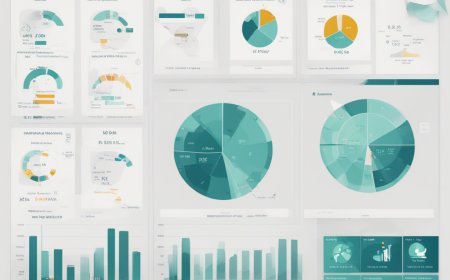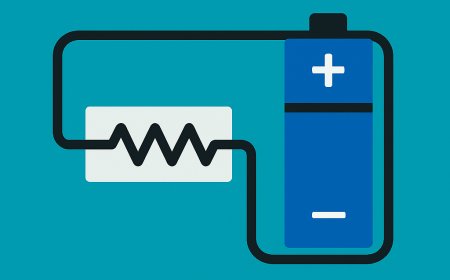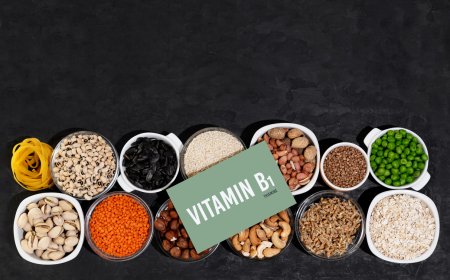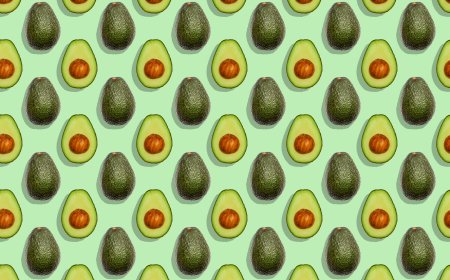Fast Food Frenzy: The Surprising Reasons We Crave Junk and Shun Healthier Choices
Delve into the world of food preferences, uncovering the reasons why we often find ourselves drawn to unhealthy fast food and resistant to healthier options, and gain insights into how we can overcome these tendencies

It's a common conundrum: we know that a healthy diet is essential for our well-being, yet we often find ourselves reaching for unhealthy fast food options instead of nutritious alternatives. This article breaks down the factors that influence our food choices, providing easy-to-understand explanations that connect with our daily experiences.
The Pleasure Principle: Taste and Our Brain's Reward System
One of the primary reasons we are drawn to unhealthy fast food is its taste. Fast food is often high in fat, sugar, and salt, which trigger pleasure centers in our brains. When we consume these foods, our brain releases dopamine, a neurotransmitter that signals feelings of pleasure and satisfaction. Over time, we can develop a strong association between the taste of these foods and the rewarding feelings they elicit, leading to cravings and a preference for unhealthy options.
Conversely, many healthy foods, such as vegetables and whole grains, may not provide the same immediate sensory pleasure as fast food. However, it is possible to train our taste buds to appreciate the flavors of healthier options. By reducing our consumption of highly processed, sugary, and fatty foods, we can become more sensitive to the natural flavors of whole, unprocessed foods.
Convenience and Accessibility
Fast food's popularity is also due in part to its convenience and accessibility. In today's fast-paced world, many individuals find it challenging to make time for meal planning, cooking, and shopping for healthy ingredients. Fast food restaurants are designed to cater to this need for convenience, offering quick, inexpensive, and readily available meals.
To make healthier eating more manageable, it's essential to find ways to incorporate nutritious options into our daily routines. This may include meal prepping, using online grocery delivery services, or finding simple, healthy recipes that can be prepared quickly.
Our food choices are also influenced by the people and culture surrounding us. Fast food has become an integral part of modern food culture, with advertising and social norms encouraging its consumption. This widespread acceptance can make it challenging to resist the allure of unhealthy options.
To counteract these influences, it's essential to build a supportive network of friends and family members who share similar health goals. Additionally, making a conscious effort to educate ourselves about the benefits of healthy eating and the potential consequences of consuming unhealthy food can help reinforce our commitment to making better choices.
Emotional Eating and Stress
Stress and emotional eating can also contribute to our preference for unhealthy fast food. When we are under stress, our body produces cortisol, a hormone that can increase our cravings for high-fat, high-sugar comfort foods. These foods can provide a temporary sense of relief and emotional satisfaction, but in the long run, they can contribute to weight gain, mood imbalances, and other health issues.
To break the cycle of emotional eating, it's crucial to develop healthier coping mechanisms for managing stress. This may include exercise, deep breathing, mindfulness practices, or seeking support from friends, family, or a mental health professional.
Overcoming the Barriers to Healthy Eating
Conclusion
Our preference for unhealthy fast food and resistance to healthier options can be attributed to a complex interplay of physiological, psychological, and societal factors. By recognizing these influences and taking proactive steps to overcome them, we can gradually shift our food preferences towards more nutritious options. In doing so, we can improve our overall health, well-being, and quality of life, one meal at a time.
Disclaimer: The image(s) featured in this article are for illustrative purposes only and may not directly depict the specific concepts, situations, or individuals discussed in the content. Their purpose is to enhance the reader's understanding and visual experience. Please do not interpret the images as literal representations of the topics addressed.
What's Your Reaction?













































































































